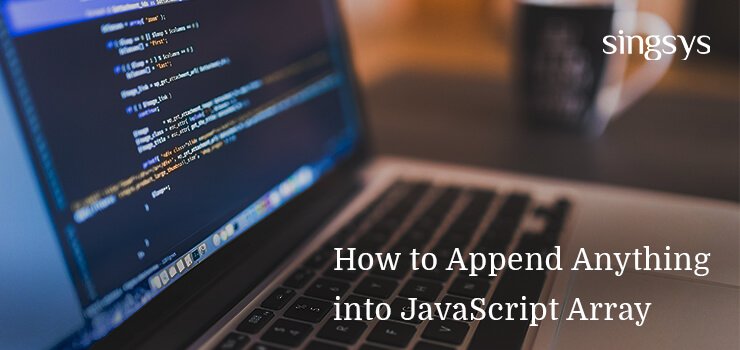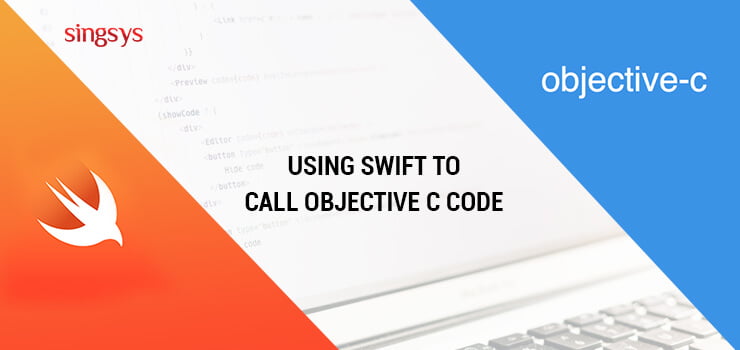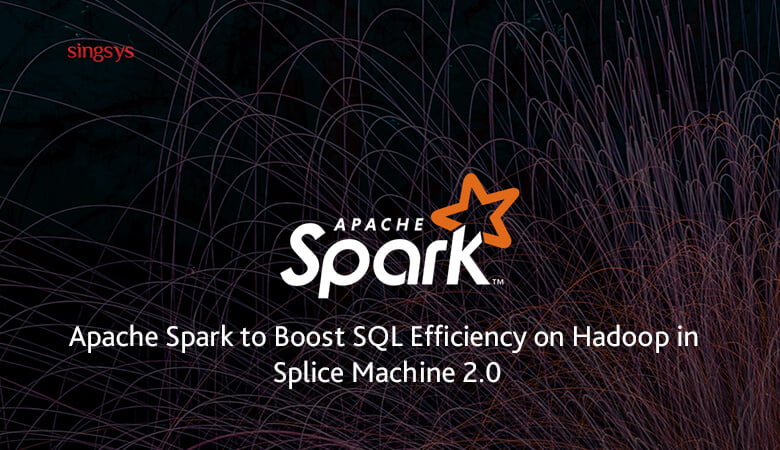
The push() method is used for adding one or more elements at the end of an array and returns the new length of the array. In order to add items at beginning of the array unshift() method is used. It can be used with call() or apply() with objects that are similar to arrays. The push method applies the length property to identify pint of inserting the given values. When the length property is not converted into a number 0 is used as index. This considers the possibility of length being nonexistent hence in such scenario length will be created.
(more…)

Swift is a new programming language that is purely compatible with objective C. This makes it possible to use objective C file code in Swift file. Apple claims the co-existence of Swift and Objective C in an application but, this does not relate to re-using old classes made in Objective-C whilst building new classes in Swift. The reason being as Objective-C is a platform-independent language unlike Swift is platform-dependent. Now, implementing non-platform-dependent code in Swift won’t be fruitful. henceforth, writing platform dependent code in Swift would be absolutely fine.
(more…)

Apache Spark became popular as an in-memory data processing framework that is frequently used with Hadoop. It is also very quickly transforming into a hub for building of other data-processing products. Recently released, version 2.0 of the SQL-RDBMS-on-Hadoop solution Splice Machine use Spark as either of two processing engines. Incoming work is allocation between them depends is it an OLTP or OLAP workload.
(more…)

An e-commerce website is your gateway to sell all that is imaginable. The core requirement is a great platform that is easy to use and a user oriented website. WordPress is one such highly functional and futuristic content management system for reliable online store and business transaction. I would let you know why with a logical breakdown of the reasons.
(more…)

In this post we will learn the basics of how to use CocoaSpirit for interacting with Objective-C. Let us consider the following example.
Example of Objective-C class
@interface Object1 : NSObject
@property id value1;
@property NSArray *array1;
– (void)selector1;
– (void)selector2:(id)arg1 withArg2:(id)arg2;
@end
(more…)




